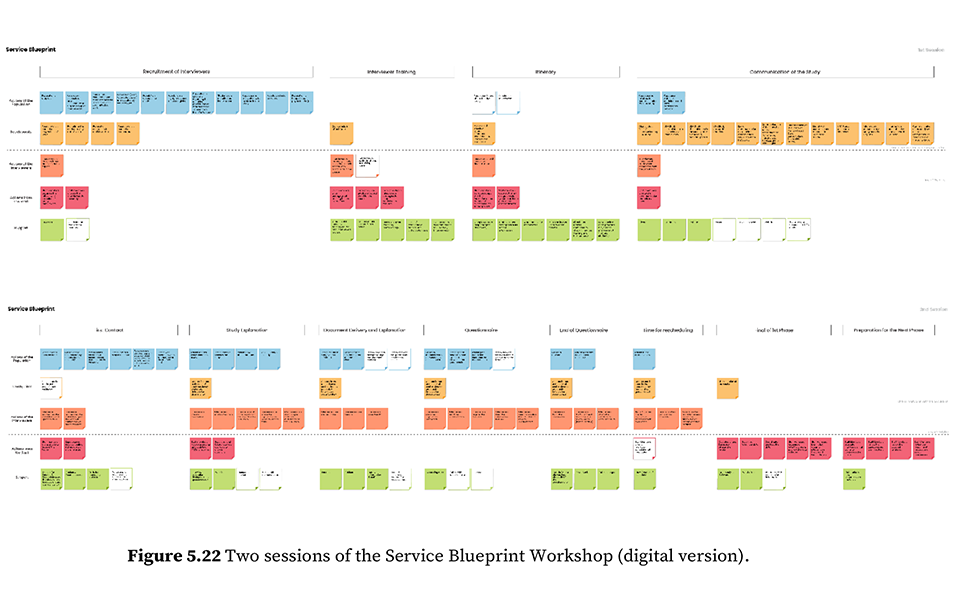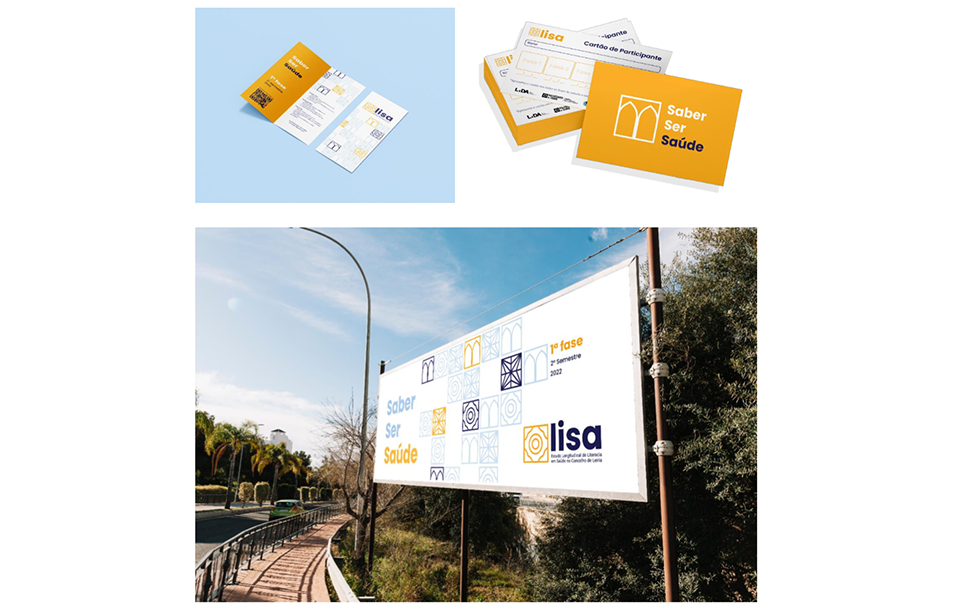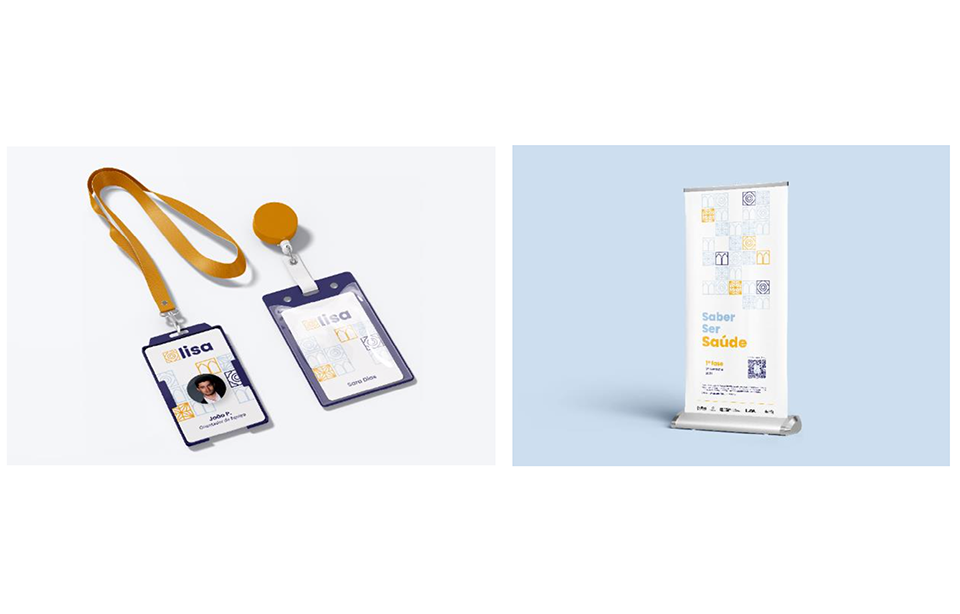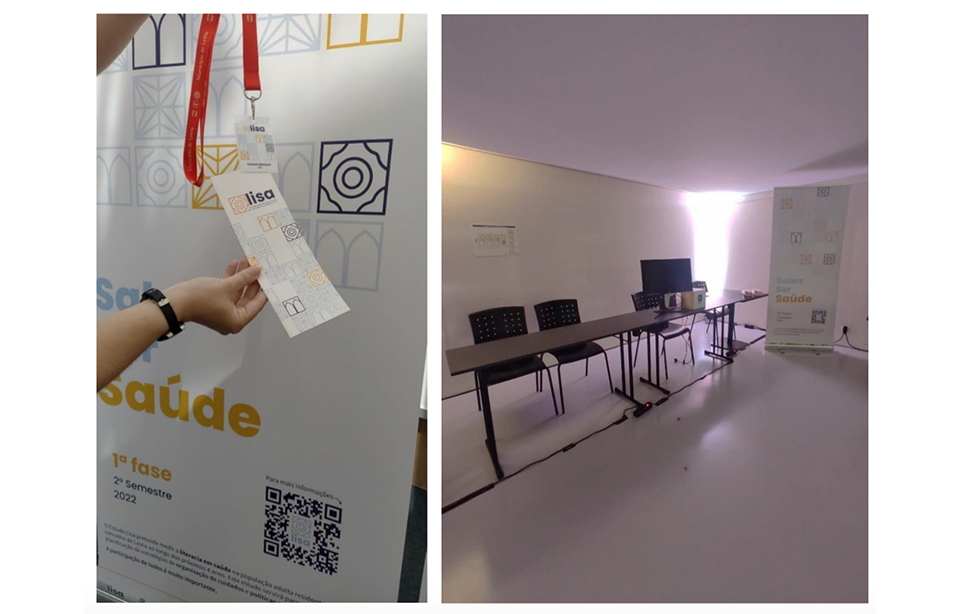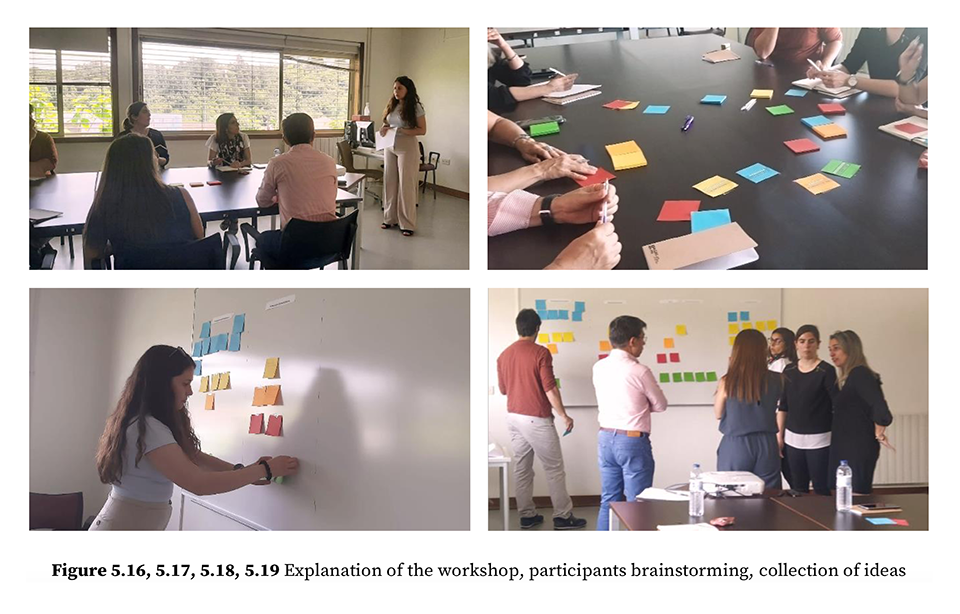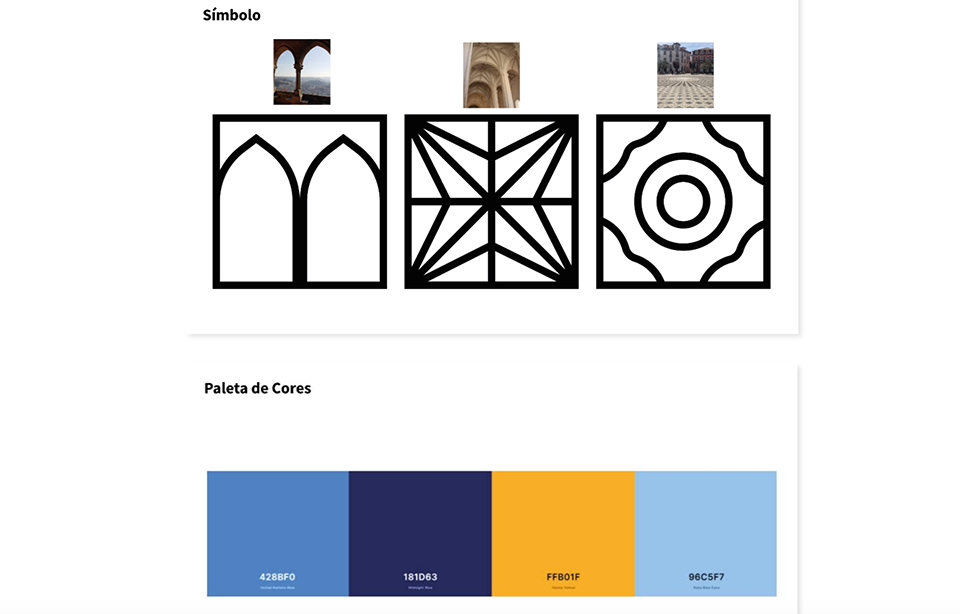Mestrado em Design para a Saúde e Bem-Estar
Cohort Study Good Practices: Design Guidelines for a Preparatory Stage
por: Daniela Marques
Low health literacy is recognized as one of the most important predictors of poor health outcomes, with a stronger effect than age, race, income, employment status or education level. (Ad Hoc Committee on Health Literacy for the Council on Scientific Affairs, 1999; Shahid et al., 2022) In Leiria’s county, it is speculated that an appreciable part of the population’s morbidity and poor health habits might be attributable to low health literacy (ACES Pinhal Litoral, 2019; Câmara Municipal de Leiria et al., 2021). However, no formal studies were conducted to explore this hypothesis. To address it, institutions in Leiria such as the City Hall, Polytechnic of Leiria and ACES Pinhal Litoral decided to conduct a longitudinal and prospective cohort study, where a sample of the population will be followed throughout time (Hulley et al., 2007) to understand if their choices regarding health and lifestyle habits are indeed affected by their health literacy levels. The choice for a cohort study is associated with the ongoing process of “improving literacy”, bringing out the interest to know about people’s health literacy currently, and in a future time (10 years). Also, the institutions involved are planning to study, gather more information, and to apply some interventions that aim to improve health literacy, being this type of study the most suitable since it allows them to see if those interventions are having the desired effect (improvement of population’s health literacy).
Focused on the preparatory part of this cohort study, this project aims to improve the communication effectiveness between these parts in the county of Leiria, interviewers and population, to avoid common cohort problems, such as: 1) gathering a suitable number of participants that can represent the population; 2) follow-up maintenance of participants; 3) keeping the interviewers and participants engaged with the study, after the first contact (Hammoudeh et al., 2018; Hulley et al., 2007; S. Dias, personal communication, November 10, 2021).
The first step of this project is the development and creation of a distinctive brand, whose identity can be maintained throughout all its communication and dissemination media, so that the population can identify, the cohort study to which it refers and awaken their curiosity to participate. (S. Dias, personal communication, November 10, 2021).
Towards addressing the cohort studies problems, mentioned above, capacitation processes will be applied, oriented by Service Design and Participatory Design methodologies, such as, informal interviews and user group definition, that will help in the comprehension of the study and also allow to create personas to characterize the interviewers of the cohort study and the population (Kumar, 2013; Martin & Hanington, 2012; Stickdorn et al., 2018). This will support the formation of archetypes that will be studied on how different communication techniques and strategies work. To complement, workshops will be conducted to understand how the chosen interviewers interact, preparing them to adapt their communication when facing people from different generations, education, and social backgrounds (Kumar, 2013; Martin & Hanington, 2012).
By carrying out this project simultaneously with the cohort study, it’s possible to evaluate, over time, how the design methodologies can empower and facilitate communication and intervene, changing tactics in case it’s needed. Additionally, assuming there’s a lack of information about the way the preparatory phase of cohort studies is designed, it’s also envisaged the creation of guidelines that can be replicated in future cohort studies that can take place in other communities, cities, or even other countries.
